I use windows 7, 64-bit SP1, and TP Async V4.07 and have the following problem: I have two Com ports, Com11, and Com18. I add the following components to my form:
I open a Com port on ApdComPort2 (Com18) and it works without a problem. The ApdDataPacket2 detects the packet terminator and the result displayed is what is expected. Both Com11 and Com18 work fine. Now if I open another Com port (Com11) with ApdComPort1 I get an Access violation:
The code that generates the error is this in the AdPacket module:
procedure TApdDataPacketManager.EnablePackets;
var
i : integer;
begin
for i := 0 to pred(PacketList.Count) do
with TApdDataPacket(PacketList[i]) do
if Enabled then
Enable;
end;
It is the PacketList.Count that seems to be the problem when it iterates through the list but I can’t catch why:
Note that ApdComPort2 works without problem with both Com11 and Com18. If I remove the Apd2 components then Apd1 works as expected. The problems surface when I try to use two (or more) Apd components at the same time. Does anybody have a suggestion or can recommend a component that works with more than one serial port simultaneously?



